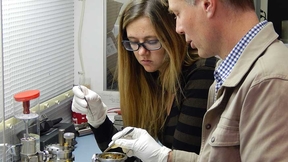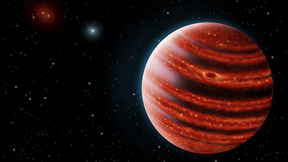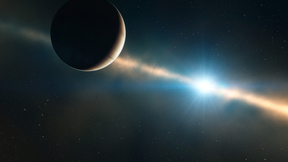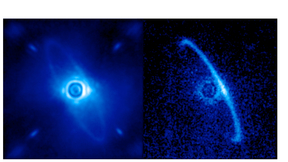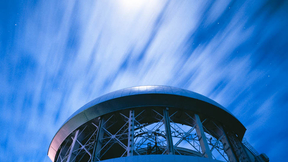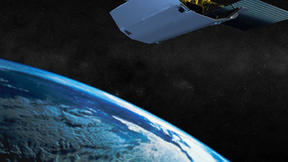Back
Two LLNL scientists are part of a scientific team that has been chosen as one of five finalists for a possible NASA Discovery Program mission.The two Livermore scientists, physicist Morgan Burks and nuclear engineer Lena Heffern, a graduate student, are teamed with researchers from The Johns Hopkins University Applied Physics Laboratory (JHUAPL) on a proposal to explore a…
For the first time, Lawrence Livermore scientists, as part of an international team, have discovered the most Jupiter-like planet ever seen in a young star system, lending clues to understanding how planets formed around our sun.Using a new advanced adaptive optics device on the Gemini Planet Imager (GPI) on the Gemini South Telescope in Chile, the team took an image of…
A versatile instrument developed by Lawrence Livermore National Laboratory (LLNL) scientists and riding on the first spacecraft to ever orbit Mercury is causing researchers to rethink their theories on the planet’s formation.Known as the Gamma-Ray Spectrometer, or GRS, the instrument is part of a suite of seven instruments onboard NASA’s Mercury MESSENGER (short for…
Using one of the world's largest telescopes, a Lawrence Livermore team and international collaborators have tracked the orbit of a planet at least four times the size of Jupiter.The scientists were able to identify the orbit of the exoplanet, Beta Pictoris b, which sits 63 light years from our solar system, by using the Gemini Planet Imager's (GPI) next-generation, high…
After nearly a decade of development, construction and testing, the world's most advanced instrument for directly imaging and analyzing planets orbiting around other stars is pointing skyward and collecting light from distant worlds."Even these early first-light images are almost a factor of 10 better than the previous generation of instruments. In one minute, we were…
There are a lot of things someone could do in nearly 900 hours. Bruce Macintosh and his team plan to look for things that are out of this world, specifically 600 stars and up to 50 new planets. Macintosh, a scientist in the Lab's Institute for Geophysics and Planetary Physics, and an international Gemini Planet Imager (GPI) Science Team have won an 890-hour observing…
Call it serendipity. Call it ingenuity. But when researchers from the Laboratory and Lawrence Berkeley were tasked with building a gamma ray spectrometer for NASA’s Mercury MESSENGER, they didn’t necessarily know that they could turn to an existing homeland security instrument to help them out. But that’s exactly what happened. In 2001, LLNL teamed with LBNL to design a…

